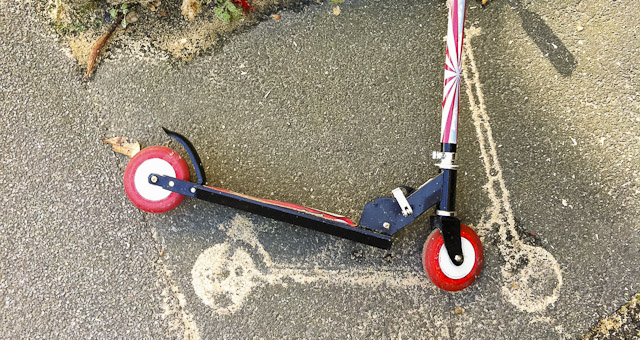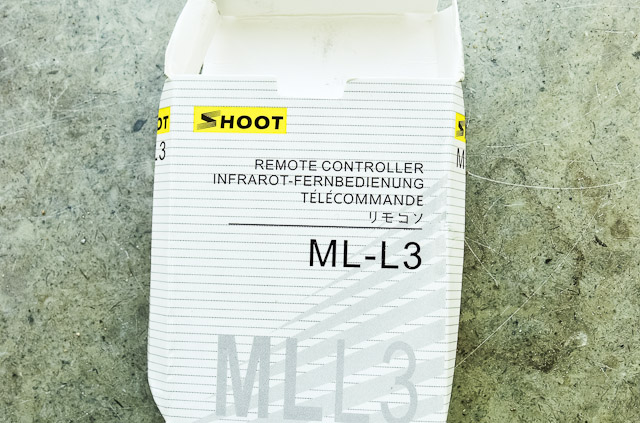YOU have complex feelings and ambivalence about a lot of things, even if it seems like those things are good for you or for the best. Don’t assume our kids don’t have those feelings, or that moving into our home is happily-ever-after for them. Don’t tell them how lucky they are or how they should feel.
→ Casaubon’s Book, Sharon Astyk: What Foster Parents Wish Other People Knew
In addition to allowing this man to not only affirm his commitment to abstaining from all the sexual partners he would instead very much be enjoying, the Internet also allowed him to pledge his fealty by defending his pony-bride’s honor, reaching out to the DeviantArt user “Kevinsano” and demanding he stop drawing her in degrading sexual situations.
→ A.V. Club, Sean O’Neal: The Internet finally reaches its apex as man marrying My Little Pony character writes angry email to erotic pony artist
Enforcing social conformity though outright mockery is kinda a time honored tradition on the internet but I definitely agree that in many cases it’s not really intended to engage the target constructively in an attempt to help them but rather ostracize them to the point where they remove themselves from the community. Of course for some targets any attention even negative attention just feeds their narcissism so they just escalate and make the environment even more toxic.
→ Metafilter, vuron: My Little Pony Wife
So, the ‘future’ – as we have previously imagined it – does not exist as a ‘thing’ but can be a ‘tool’ for dealing with the unknown. In other words a ‘flying car’ is not a product with a sell-by date, but a conversation that we need to hold – and continue to need to have – about our transport systems. In other words, it is entirely appropriate that we may not yet have flying cars or ray guns because we’ve had conversations about transport and how to deal with emerging technologies for over a century, which have contributed to their considered evolution.
→ WarrenEllis.com, Rachel Armstrong: Where did the future go?





